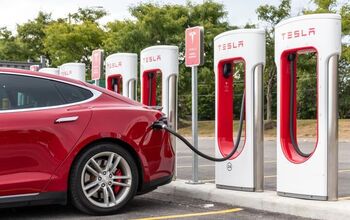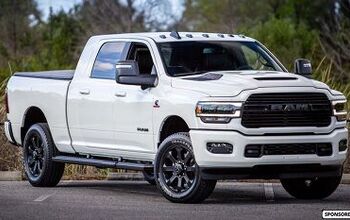NTSB Releases Preliminary Report on Fatal Tesla Model X Crash

The National Transportation Safety Board (NTSB) has released details on the fatal Tesla Model X crash from March.
The crash, which has already been confirmed to have occurred with Autopilot on, resulted in the death of the 38-year-old driver. According to NTSB, the 2017 Tesla Model X P100D was traveling south on U.S. Highway 101 in Mountain View, California at 9:27 AM Pacific daylight time. As the vehicle approached the US-101/State Highway (SH-85) interchange, it was traveling in the second lane from the left, which was an HOV lane for continued travel on US-101.
As the Model X approached a paved gore area dividing the main travel lanes of US-101 from the SH-85 exit ramp, it moved to the left and entered the gore area. The vehicle continued to travel through the gore area and struck a previously damaged crash attenuator while traveling at a speed of about 71 mph. The speed limit in that area is 65 mph and preliminary data indicated the Autopilot system was set to 75 mph at the time of the crash.
Ever since the accident, there has been debate on whether Autopilot was to blame. Tesla released its own findings ahead of NTSB’s preliminary report, but here is what the NTSB found. The Autopilot system was engaged on four separate occasions during the 32-minute trip, including a continuous operation for the last 18 minutes and 55 seconds prior to the accident. During that segment of time, the Model X provided two visual alerts and one auditory alert for the driver to place his hands on the steering wheel. Those alerts were made more than 15 minutes prior to the crash.
SEE ALSO: Tesla Says Driver to Blame in Fatal Model X Autopilot Crash
During the 60 seconds right before the crash, the driver’s hands were detected on the steering wheel on three separate occasions, for a total of 34 seconds. However, for the last six seconds prior to the crash, the vehicle did not detect the driver’s hands on the steering wheel.
Eight seconds prior to the crash, the Model X was following a lead vehicle and was moving at about 65 mph. But one second later, the Tesla began a left-steering movement while following the lead vehicle. Four seconds prior to the crash, the Tesla was no longer following a lead vehicle, which made the system speed up since it detected no vehicle in front of it. At three seconds prior to the crash and up to the time of impact, the Tesla accelerated from 62 mph to 70.8 mph, with no precrash braking or evasive steering movement detected.
The NTSB also noted that the SCI smart cushion attenuator system was previously damaged on March 12, in a single-vehicle crash involving a 2010 Toyota Prius. In addition, a postcrash fire did result from the Model X, which took approximately 200 gallons of water and foam during a period of 10 minutes to extinguish. Five days after the crash, the battery reignited.
The NTSB says it will continue working with the California Highway Patrol and the California Department of Transportation to collect and analyze data, and that all aspects of the crash remain under investigation.
Discuss this story on our Tesla Forum

Jason Siu began his career in automotive journalism in 2003 with Modified Magazine, a property previously held by VerticalScope. As the West Coast Editor, he played a pivotal role while also extending his expertise to Modified Luxury & Exotics and Modified Mustangs. Beyond his editorial work, Jason authored two notable Cartech books. His tenure at AutoGuide.com saw him immersed in the daily news cycle, yet his passion for hands-on evaluation led him to focus on testing and product reviews, offering well-rounded recommendations to AutoGuide readers. Currently, as the Content Director for VerticalScope, Jason spearheads the content strategy for an array of online publications, a role that has him at the helm of ensuring quality and consistency across the board.
More by Jason Siu
































Comments
Join the conversation